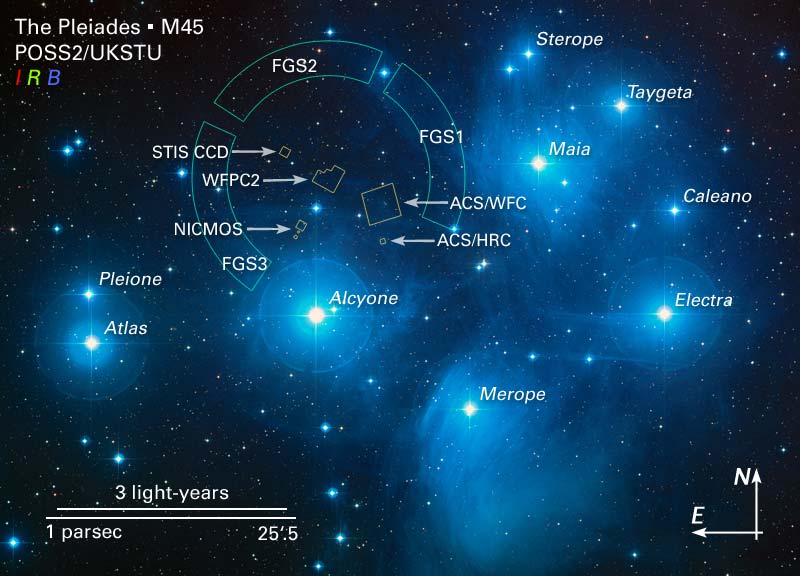"The Bible Scientific" is my current blog series. Each post will examine a verse or two directly from Scripture and try to explain that Biblical quote from a scientific perspective.

It is often stated that the Bible and Science are not compatible, that the Bible is not a scientific text and that you can not believe the Bible and also believe science. I think this is short sighted as there are a number of places in Scripture where scientific facts were stated even before man understood them. The Bible is not a scientific text in that it is not meant to be the full explanation of scientific fact, but it does direct us to understand the nature of God scientifically as well as spiritually. It complements science. God uses His Word to help us understand Him and His creation with our mind, soul and spirit.
Galileo Galilei said:
Returning to Job we will consider verse 26:7 (NIV):
Another scripture to look at in connection with Job 26:7 is this one:
These sections of Scripture discuss gravity and the "empty space" that fills the void between the stars. Gravity holds the planets up on seemingly nothing. The Sun “rules” over the Earth (holds it in an orbit). Scientifically, we know that gravity is one of, and the weakest of, the four fundamental forces. It causes any two bodies to be attracted to each other, with the force proportional to the product of their masses and inversely proportional to the square of the distance between them.
Gravity caused the original gaseous matter present in the Universe to begin to coalesce and form stars and caused the stars to group together into galaxies. It did the same to form planets. Gravity is the force by which all things with mass or energy are brought together. Gravity gives weight to things on Earth and the Moon's gravity helps form the tides we see on Earth. It even holds the atmosphere around the Earth that otherwise would be torn away by the Solar wind.
The most extreme example of gravity is a Black Hole, from which nothing—not even light—can escape once it passes the Black Hole's event horizon.
The Pleiades and Orion are the only two constellations where the stars in them are bound by gravity to one another so they move as a unit (they are in the same galactic location). Other constellations appear together but some of the stars are much further away from us and only look close due to our angle of view. Stars are constantly moving relative to one another, as is the Earth, the Moon and any planet circling a star.
Because of the vast distances within the Universe, the stars seem to stay in one place but over extremely long periods of time (thousands to millions of years) they will gradually move apart - the constellations will change shape. The constellations that are not within a single galactic location will retain their appearance for a much shorter time as the stars within them will be moving independent of one another.
the moon and the stars, which you have set in place,
what is mankind that you are mindful of them,
human beings that you care for them? - Psalms 8:3-4 (NIV)
The Pleiades is among the star clusters nearest to Earth and is the cluster most obvious to the naked eye in the night sky.
Orion is a prominent constellation located on the celestial equator and is visible throughout the world. Along with the Pleiades, Orion is one of the most conspicuous and recognizable star systems visible with the naked eye. Orion is also useful as an aid to locating other stars. Its seven brightest stars form a distinctive hourglass-shaped pattern that points towards other visible stars, such as Sirius, the brightest star in the night sky. Sirius is a binary star (Sirius A and B) and is also one of our nearest neighbors in the Milky Way.
Next up:

Thank you for your efforts to help our puny human brains comprehend a minute amount of the greatness of the ALMIGHTY Creator God. May He richly bless you with strength to stand against the enemy, who will surely attempt to crush your ministry. 🙏
ReplyDelete